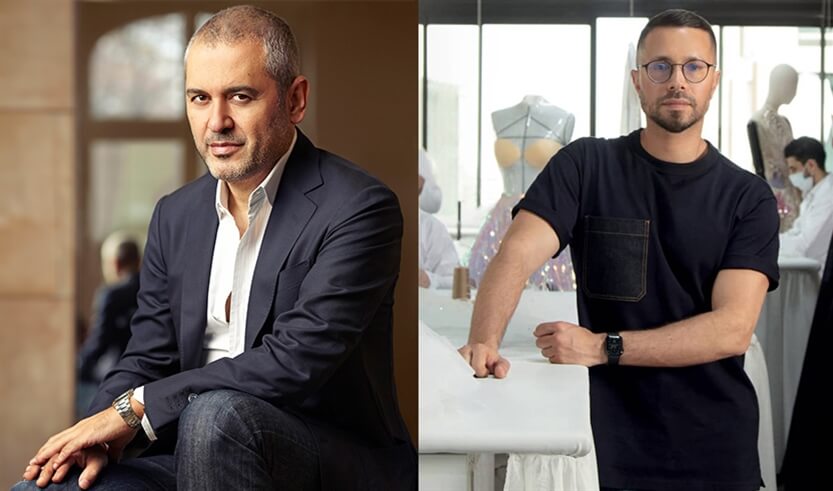The ultimate guide to product packaging design
Source
https://99designs.com/blog/tips/ultimate-guide-to-
16 March 2021
The ultimate guide to product packaging design
What is product packaging?
Product packaging design refers to the creation of the exterior of a product. That includes choices in material and form as well as graphics, colors and fonts that are used on wrapping, a box, a can, a bottle or any kind of container.
In the Ultimate Guide to Product Packaging Design we look at how to get your packaging to tell the story you want.
Before you start your packaging design, you have to ask 3 crucial questions:
There are three questions you must have the answer to before you start designing the packaging for a product:
What is the product?
Who’s buying the product?
How are people buying the product?
Let’s look at these a little bit more in depth:
1. What is the product?
Not a trick question; this should be an easy one. What are you selling? How big is it? What materials is it made of? Is it delicate?
This question is going to help you determine if there are any logistical musts for your product packaging. For example, a delicate product will require more secure packaging. Something that is large or with odd dimensions, on the other hand, may require a custom packaging solution instead of an out-of-the-box box.
2. Who’s buying the product?
Is the product supposed to be used by men, women or both? Is it for children or adults? Is it geared towards people who are environmentally conscious? To those on a budget or with lots of disposable income?
A product’s packaging should appeal to its ideal consumer; it’s important to know who that consumer is before you start the design process. Products for older adults may need larger text. Alternatively, items geared towards an affluent customer will need to consider materials that create a feeling of luxury.
3. How are people buying the product?
Are they purchasing it in a supermarket? A small boutique? Online?
You’re going to want to think about packaging differently if the product is going to be sold online and shipped than if it’s going to need to stand out from the competition on a big-box store shelf. Items that will be sold online probably shouldn’t have a lot of extra space that could cause the product to rattle around, or the package to bend. And those that will be on a boutique shelf will need to catch the eye of a buyer surrounded by cutesy items in cutesy packages.
Information you need to collect
Sometimes a product is stand alone, and in other cases it’s representing an established brand. If your packaging needs to represent a certain brand aesthetic, make sure you’ve gathered the following information before you start:
Colors
If you already have the CMYK values or Pantone Matching Values (PMS) colors include those as they’re specifically for printing. (If not, a hex code is fine, too.)
Fonts
Make sure you have the proper fonts and any specific usage instructions (like kerning or weight).
Logo
If you need to put a logo on the package, make sure you have a vector file available.
The packaging design process in 7 steps
Once you’ve gathered all of this information, it’s finally time for the fun part: the design process! Remember how you want your packaging design to tell a story? The choices you make in the design process are what’s going to help you tell that story.
1. Understand packaging layers
2. Choose the right type of packaging
3. Line up your printer
4. Create your information architecture
5. Evaluate a packaging design
6. Collect feedback
7. Get the right files from your designer
Your packaging design is ready now. High five!
Related Articles

18 November 2022
New tools have just been released by Meta to assist creators in expanding their communities, finding new audiences, and making money from their content.

10 September 2024
Lebanese designers Elie Saab and Rami Kadi are embracing the metaverse, redefining fashion shows through immersive digital experiences. By blending haute couture with Web3.0 technology, they create interactive, globally accessible events that push the boundaries of fashion and innovation.